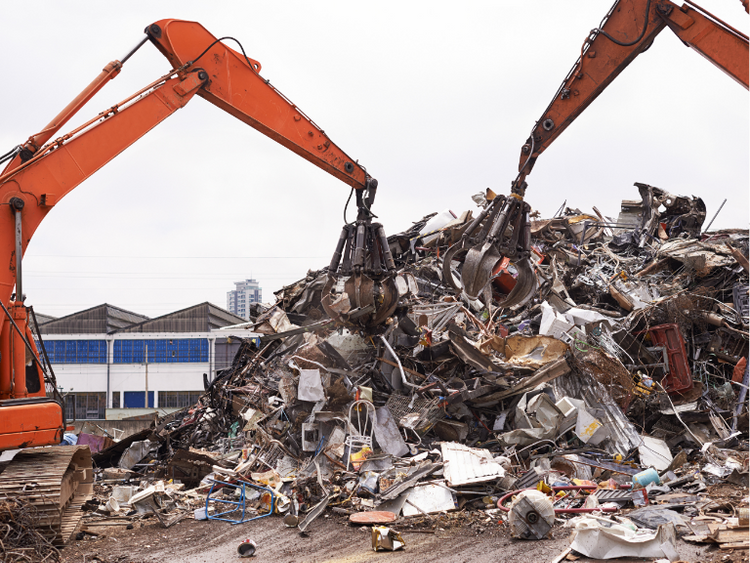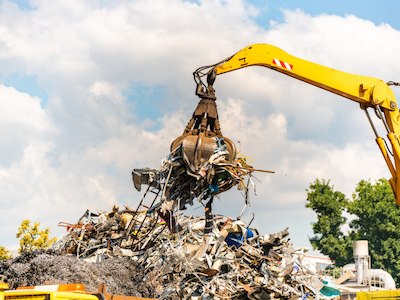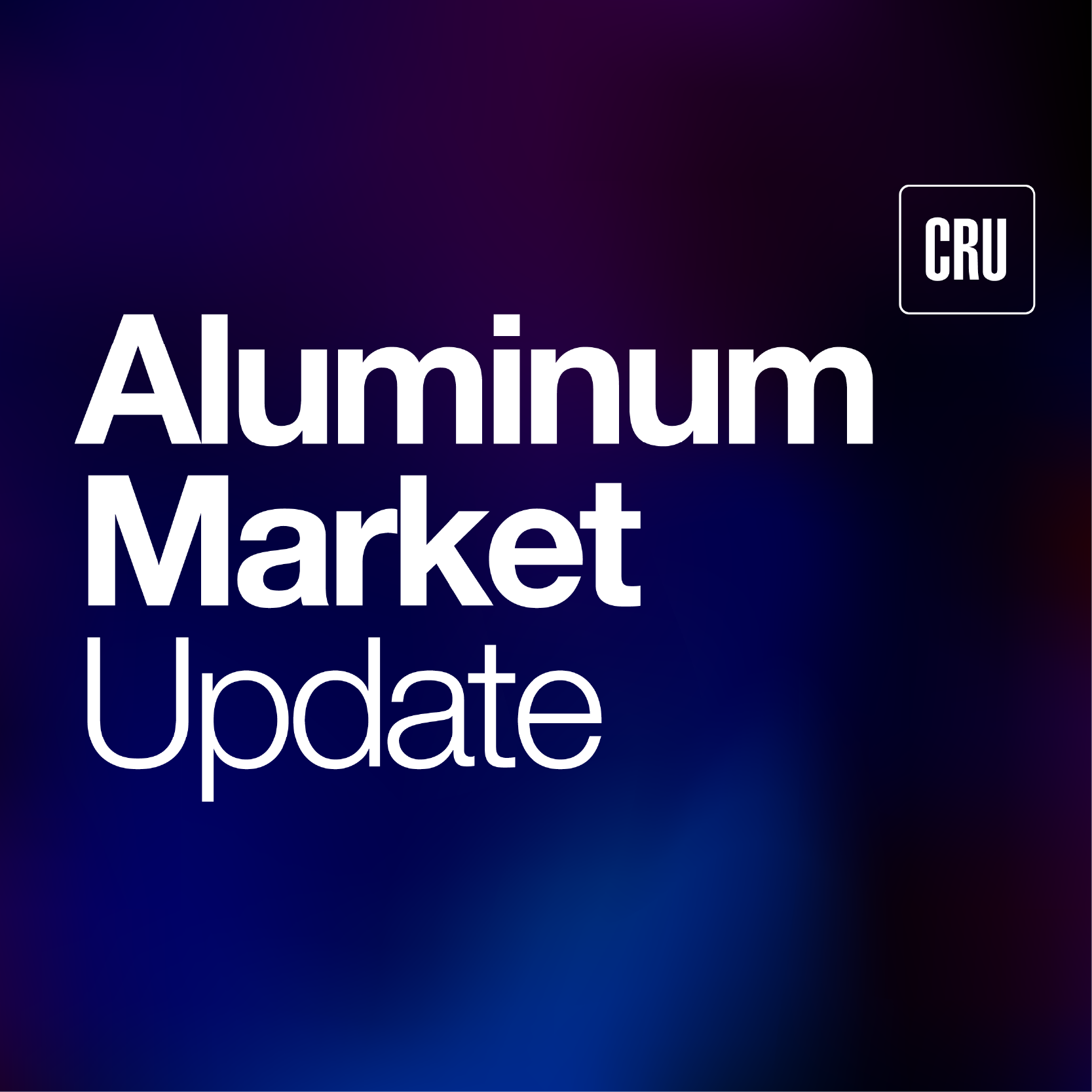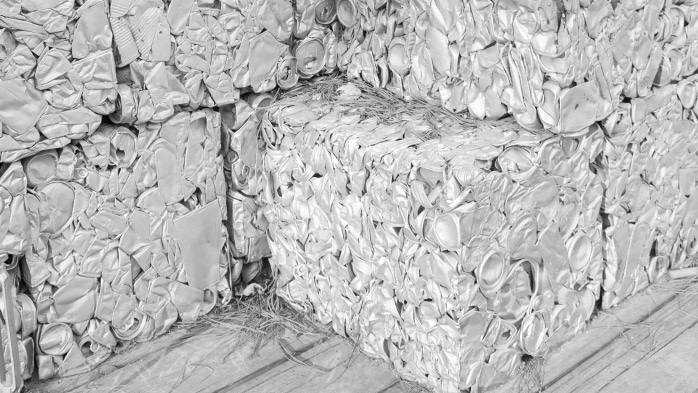Aluminum Scrap Markets

May 20, 2025
Recyclers aren’t on the menu; they have a seat at the table
Written by Gabriella Vagnini
Let’s get something straight. This is no longer just about aluminum. It is about what the aluminum supply chain is becoming, and recyclers are right at the center of that shift.
During the Recycled Materials Association (ReMA) 2025 Spotlight on Aluminum, that I moderated this year, we unpacked the real pressure points shaping this industry: demand outpacing supply, twitch and zorba falling short, and a system struggling to meet spec without shutting recyclers out. But we also got honest about what needs to change and where the opportunities are.
Market realities: Recycled metal is not the gap filler
CRU’s latest outlook says it plainly, to meet rising semis demand, North America needs 40% more recycled metal by 2029. That’s not a rounding error. That’s a fundamental shift in how we think about sourcing, quality, and collaboration.
The chart below was part of my slides when moderating the Aluminum Spotlight panel. The slide is courtesy of Aluminum Market Update’s parent company CRU.
Recycled metal is no longer a secondary feed
It is now front and center, and it has to meet spec. Which brings us to the twitch problem.
Twitch and zorba are tapped out
Traditional auto shredder flows like twitch and zorba were never designed with rolling mills or extruders in mind. Twitch, in particular, is still being exported in bulk because it simply doesn’t cut it for most domestic high-grade uses.
The panelists didn’t sugarcoat it: twitch is a byproduct of ferrous shredding, not the main act. And by 2030, even though more modern aluminum-intensive vehicles will be hitting the recycling stream, twitch will still be a grab bag of alloys. Useful? Maybe. Ready for wrought? Not unless we get serious about segregation.
VESPER: From friction to framework
That’s where VESPER comes in, ReMA’s new aluminum spec aimed at bridging the gap. Not a top-down decree, but a tool to build real partnerships between recyclers and mills. We asked the hard questions: can recyclers realistically hit that spec? What kind of support is needed? Are mills ready to share the value, not just the burden?
As Novelis and Ford both acknowledged, segregation tech is progressing, but we’re not there yet. XRF, LIBS, XRT, pick your acronym, they all require investment, volume, and patience. But the trajectory is clear: alloy-specific sorting is the unlock. It’s not just about avoiding downcycling; it’s about realizing full circularity.
Investment is happening, but policy’s playing catch-up
There is real momentum. More than 10 billion dollars has been poured into upgrades and new aluminum-type facilities. North America has added over 2 million tons of new recycling capacity. DOE-backed projects are pushing the envelope on greener production.
But the political tug of war may have some of those funds frozen. Like it or not, the South is leading the charge on innovation and capacity.
The closed-loop club is opening up
We had some fun with it onstage, “closed loop: where you check in, but never leave.” But let’s be honest. Recyclers have too often been locked out of the closed-loop economy. That’s starting to shift. Novelis, Ford, and others are recognizing that building circular systems with recyclers is not just better business, it’s the only way forward.
Looking ahead: Trust, identity, and staying power
As Ford shared, autobody sheet today spans five major grades, grouped into four alloy recycling families. Low copper, high copper, low magnesium, high magnesium.
| New autobody sheet grades | Series | |
| Low Cu | 6EH | 6022 / 6005 |
| Low Cu | 6DR | 6022 / 6451 |
| High Cu | 6HS | 6111 |
| Low Mg | 5ST | 5754 |
| High Mg | 5HF | 5182 |
That is the playbook. The future depends on whether we can sort into those streams cleanly enough to reuse in high-value applications.
The panel closed with a challenge to the industry. What does this landscape look like in ten years with recyclers fully embedded?
Because here is the truth. As Novelis made it very clear, they are not trying to buy yards, they are trying to build relationships. But those partnerships only work when there is mutual respect, fair margin, and shared innovation.
Recyclers are no longer waiting for an invitation. They are shaping the market and helping rewrite the rules. As I said from the stage, if you are not at the table, you are the menu. And now? Recyclers finally feel like they have that seat at the table.
This is not a trend. It is a transition. One that is long overdue.







